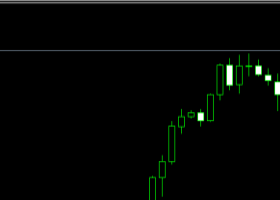The SARB delivered another 25bp hike at its March MPC meeting last week, against our own expectation that a significant improvement in its inflation forecast would prompt a pause. • While we were correct in anticipating a large downward revision to its 2017 CPI forecast – now in line with our 6.4%Y estimate – the MPC felt it necessary to deliver further tightening in the hope of achieving a less protracted breach of its target over the next few months. The marginal deterioration in core CPI appears to have played a role too, even as the medium-term outlook improved. See here for our detailed views. • Earlier this week the February CPI data printed just ahead of our 6.9%Y estimate, coming in at 7.0%Y: Consensus had 6.8%Y pencilled in. A strong base effect from the fuel component 12 months prior as well as more upside in food inflation drove the reading. We take a detailed look at where evidence of rising FX pass-through is showing up and what it may mean for policy in our detailed CPI write-up. • Consensus estimates have migrated towards our GDP estimates for the next two years, where we expect 0.8%Y growth in 2016 with a mild pick-up to 1.5%Y in 2017: The risk of a technical recession in 1H16 is real. • Downward risks to growth have important implications for South Africa’s debt metrics. Evidence of fiscal slippage could well result in a loss of South Africa’s investment grade rating from S&P: On our estimates, debt/GDP is likely to overshoot the official projection, reaching 52% of GDP in 2018/19 versus the Treasury’s 50.5%. We see continued risk of an S&P downgrade in the December review. • The pullback in ZAR after the aggressive sell-off earlier in the year supports our relatively bullish inflation forecasts: Unfortunately, the softness in oil prices is creating a strong positive base effect for the 2017 CPI trajectory. We expect the SARB to pause for the next few meetings, before hiking by a final 25bp in 4Q16.


